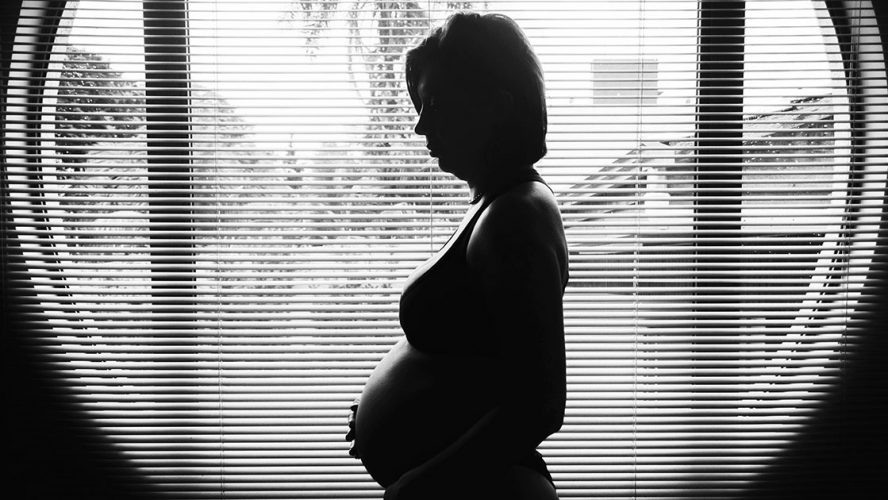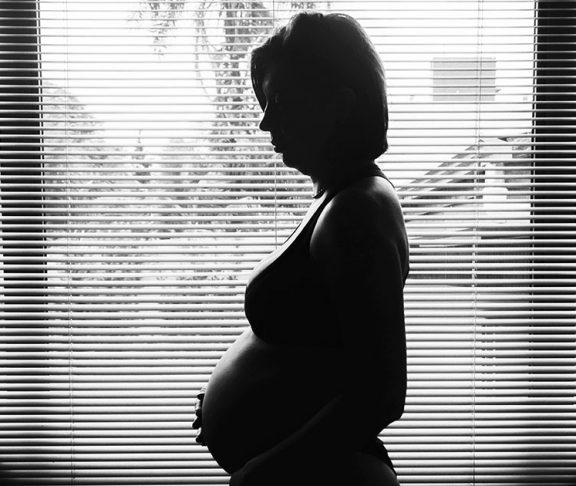Pregnancy is a rewarding time for most women. Unfortunately, in the United States, there are approximately 5,194 pregnancy losses each day. Each trimester is unique in the challenges and risks that woman face. Here are some of the risks and symptoms to look out for during each stage:
1. The first trimester
The first trimester marks the beginning of your pregnancy journey as the fertilized egg, or embryo, begins to grow. The start of the brain, spinal cord, heart and gastrointestinal tract begin forming at just the third week of gestation. As the first trimester continues, basic features start developing. By week 13, the baby is approximately three inches long and weighs about an ounce. Everything that is present in an adult human is now present in the embryo.
The first trimester has the highest risk for miscarriage and ectopic pregnancies. If you feel as though you are experiencing any unusual symptoms, contact your health care professional.
2. The second trimester
The second trimester spans from the 13th to the 27th week. At 15–20 weeks, the baby’s sex can be determined by an ultrasound. The fetus is beginning to look more like a newborn infant, as the skin is becoming less transparent, and all the components of the eyes are developed. The brain develops rapidly throughout these weeks, while the nervous system has developed enough to control some function. By the end of this trimester, the fetus has grown to approximately 14 inches long and weighs about two pounds.
During this trimester, pregnancy becomes more real as the baby’s movements are noticed and hiccups can be felt. Some women report having startling dreams and/or show signs of anxiety. At this point in the pregnancy, your risk for pregnancy loss begins to decrease. Your health care provider will administer the triple screen test during this time to check the health of the baby and for genetic disorders. These tests do not diagnose a problem but only signal if further testing should be performed.
3. The third trimester
The third and last trimester spans weeks 27–40. All of the baby’s organs have developed at this time except the lungs, which are now beginning to breathe in a rhythmic manner. However, the lungs will continue to develop up until delivery. The fetus will eventually grow 19–21 inches in length and weigh about 6–10 pounds. By 38 weeks, the baby is considered full term and will begin preparing to make its appearance.
The heightened risk of preterm delivery becomes more of a concern for some women at this time. There are approximately 805 preterm deliveries each day in the U.S. Fetal movement changes are often noted just before birth. However, if less movement is occurring, a health care provider should be contacted immediately.
Becoming a mother is no easy task. From issues with infertility to carrying a baby to term and then delivering and raising a child, the process can be both rewarding and a struggle. This Mother’s Day, the American Pregnancy Association is raising awareness about the difficulties of bringing a healthy baby to term.

